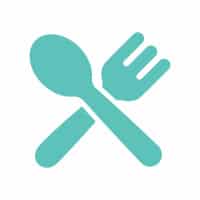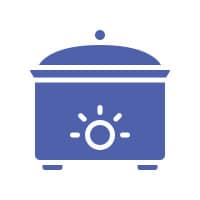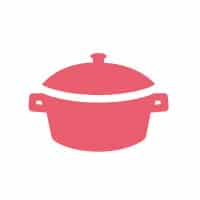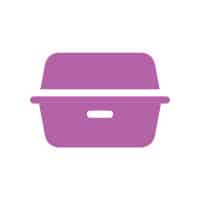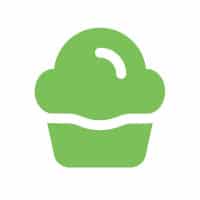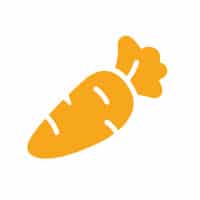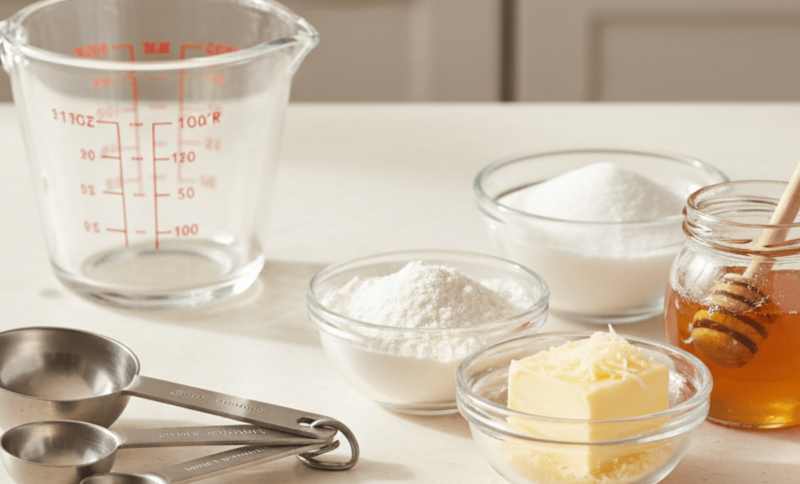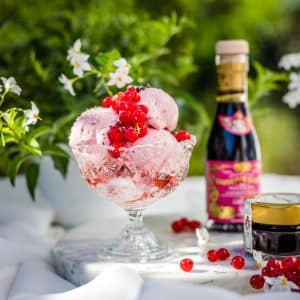Have you ever been in the middle of cooking or baking, holding a recipe and suddenly wondering, Wait, how many tablespoons are in an ounce?
You’re not alone; this is one of the most common kitchen questions. Measurements can be tricky because cooking feels like a mix of science and art.
A little too much or too little of an ingredient can completely change your dish. That’s why knowing simple conversions is so helpful.
If you’re whipping up cookies, sauces, or smoothies, understanding how to convert between ounces and tablespoons will save time, prevent mistakes, and ensure your recipes taste just right.
Why Kitchen Conversions Matter
Before we jump into the exact numbers, let’s talk about why knowing conversions like ounces to tablespoons matters so much.
Cooking is more forgiving; you can eyeball a pinch of salt or an extra dash of pepper. But baking? That’s where precision is key.
Too much flour or not enough butter can completely change the texture of your cookies or cake. And when recipes use different measurement systems (like U.S. vs. metric), confusion builds up quickly.
That’s where conversions come in. Knowing them by heart, or at least having a quick reference guide, can save you time, reduce mistakes, and make cooking more efficient.
The Simple Answer: Tablespoons in One Ounce
So, let’s get right to the point. There are 2 tablespoons in 1 fluid ounce.
This is the rule of thumb for liquids like water, milk, oil, or juice. If your recipe calls for 1 ounce of lemon juice, you can simply use 2 tablespoons as a substitute.
But here’s the twist: when it comes to dry ingredients, the answer isn’t always the same. Why? Because dry items have different densities.
For example, 1 ounce of flour doesn’t take up the same space as 1 ounce of almonds.
Breaking It Down: Liquid vs. Dry Measurements
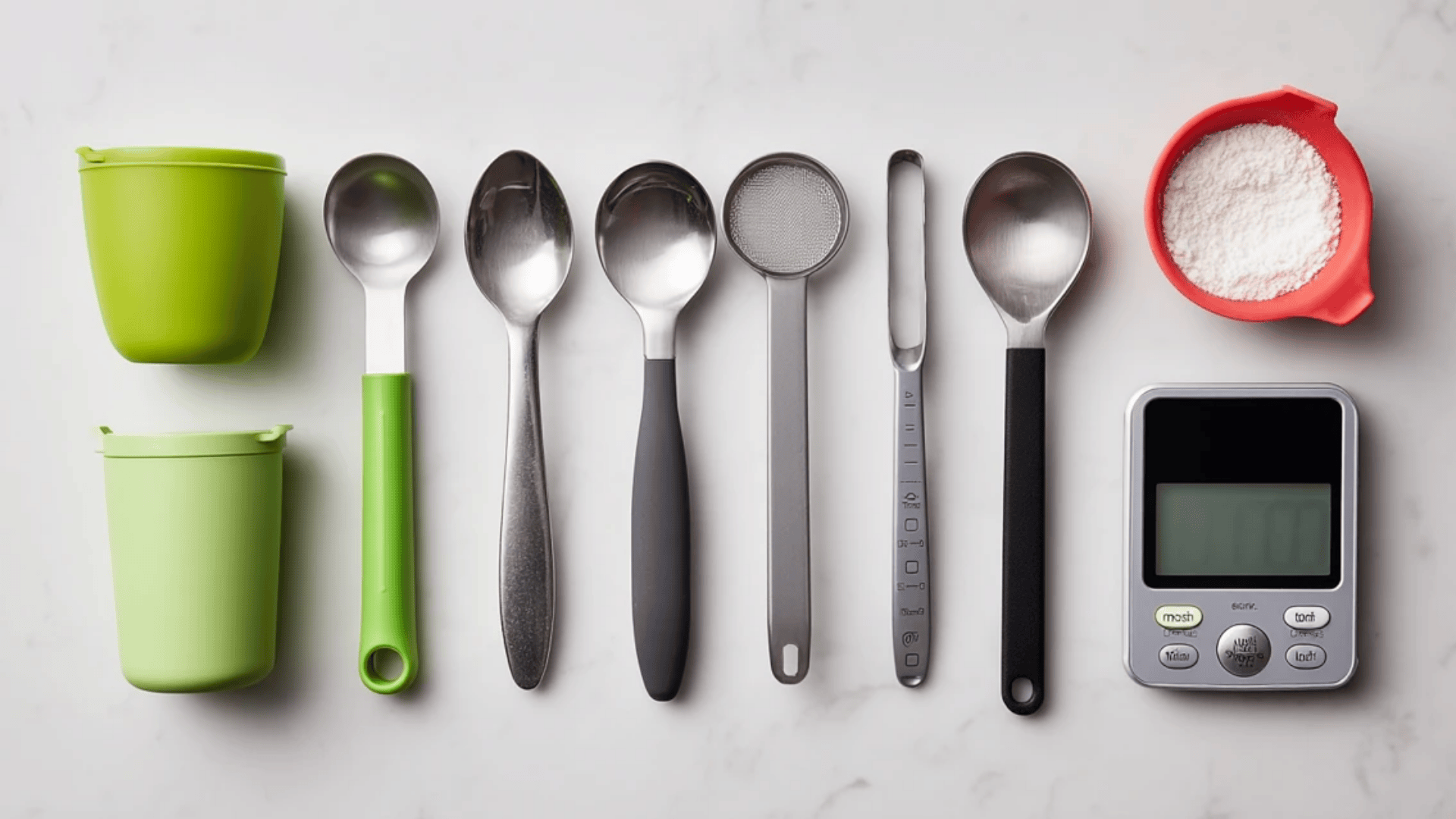
Let’s probe this a little deeper.
1. Liquids
When dealing with liquids, the conversion is straightforward:
- 1 fluid ounce = 2 tablespoons
- 2 fluid ounces = 4 tablespoons
- 4 fluid ounces = 8 tablespoons
This makes it super easy to scale up or down depending on your recipe.
2. Dry Ingredients
For dry items, things change. Here’s why: ounces can measure weight (like grams) while tablespoons measure volume (like milliliters).
A tablespoon of flour weighs much less than a tablespoon of sugar.
Here are some quick examples:
- 1 ounce of flour = about 3 ½ tablespoons
- 1 ounce of sugar = about 2 ¼ tablespoons
- 1 ounce of butter = exactly 2 tablespoons
When recipes list dry ingredients in ounces, it’s often better to use a kitchen scale for accuracy.
3. Common Ingredients: How Ounces Convert to Tablespoons
Common kitchen ingredients vary in weight, so here’s a quick ounces-to-tablespoons guide for everyday cooking:
- Butter: 1 ounce = 2 tablespoons
- Flour: 1 ounce = ~3 ½ tablespoons
- Sugar: 1 ounce = ~2 ¼ tablespoons
- Honey: 1 ounce = 2 ¼ tablespoons
- Cheese (grated): 1 ounce = ~4 tablespoons
These conversions are approximate; for accuracy, use a kitchen scale. However, this chart works well for quick cooking reference.
Why Not Just Use Cups?
You might wonder, “Why can’t recipes just use cups instead of ounces or tablespoons?” Great question!
Cups are helpful, but ounces give more precision, especially in professional cooking and baking.
Tablespoons, on the other hand, are handy for smaller amounts. Knowing how to move between these units lets you follow any recipe with ease.
Handy Tips for Converting Ounces to Tablespoons
Conversions don’t have to be confusing; these simple tips will help you switch between ounces and tablespoons with ease:
- Remember the 2-to-1 Rule: For liquids, 1 ounce always equals 2 tablespoons.
- Use a Scale: Weigh dry goods for accuracy, since volume can change depending on density or packing.
- Check Recipes: Liquids usually mean fluid ounces, while dry items often refer to weight ounces.
- Marked Tools: Measuring cups or spoons with both ounces and tablespoons make conversions faster.
Keep these tricks in mind, and you’ll save time, avoid mistakes, and feel confident tackling any recipe.
Tablespoons in an Ounce: U.S. vs. UK Measurements
Here’s something many people don’t realize: not all tablespoons are the same around the world. In the U.S., 1 tablespoon = 14.8 milliliters.
In the UK and some other countries, 1 tablespoon is equivalent to 15 milliliters. It’s a small difference, but if you’re baking something delicate, it could make a significant difference.
For most home cooking, this difference won’t ruin your dish. But if you’re using recipes from international sources, keep in mind the slight variation.
Ounces to Tablespoons in Baking

Let’s focus on baking for a moment. Baking is all about precision, so conversions become even more important. For example:
- A brownie recipe might ask for 8 ounces of chocolate chips. That equals about 1 1/3 cups or around 16 tablespoons.
- A bread recipe may call for 2 ounces of yeast. That’s about 6 tablespoons.
If you only remember one thing from this article, let it be this: dry ounces and fluid ounces are not interchangeable.
That’s why using a scale when possible is the best way to get consistent results in baking.
Kitchen Hacks to Make Measuring Easier
Here are a few practical hacks to make life easier when converting:
-
Butter Wrappers: Most butter sticks in the U.S. have tablespoon markings printed right on the wrapper. Just slice along the line, no math needed.
-
Liquid Measuring Cups: Get a glass measuring cup with ounce and tablespoon marks. You’ll never have to guess again.
-
Smartphone Assistants: Don’t be afraid to ask Siri, Alexa, or Google for quick conversions when you’re in a rush.
With these simple hacks, measuring becomes quicker, easier, and far less stressful, helping you focus on enjoying the cooking process.
Final Thoughts
So, how many tablespoons are in an ounce? For liquids, the answer is always 2 tablespoons per ounce.
For dry ingredients, the quantities vary, but with a little practice (or a quick glance at a chart), you’ll get the hang of it.
If you’re a beginner in the kitchen or someone who cooks daily, knowing simple conversions like ounces to tablespoons can make recipes easier, quicker, and less stressful.
The next time you’re mid-recipe and hit that moment of doubt, you’ll already know what to do, no calculator required.

